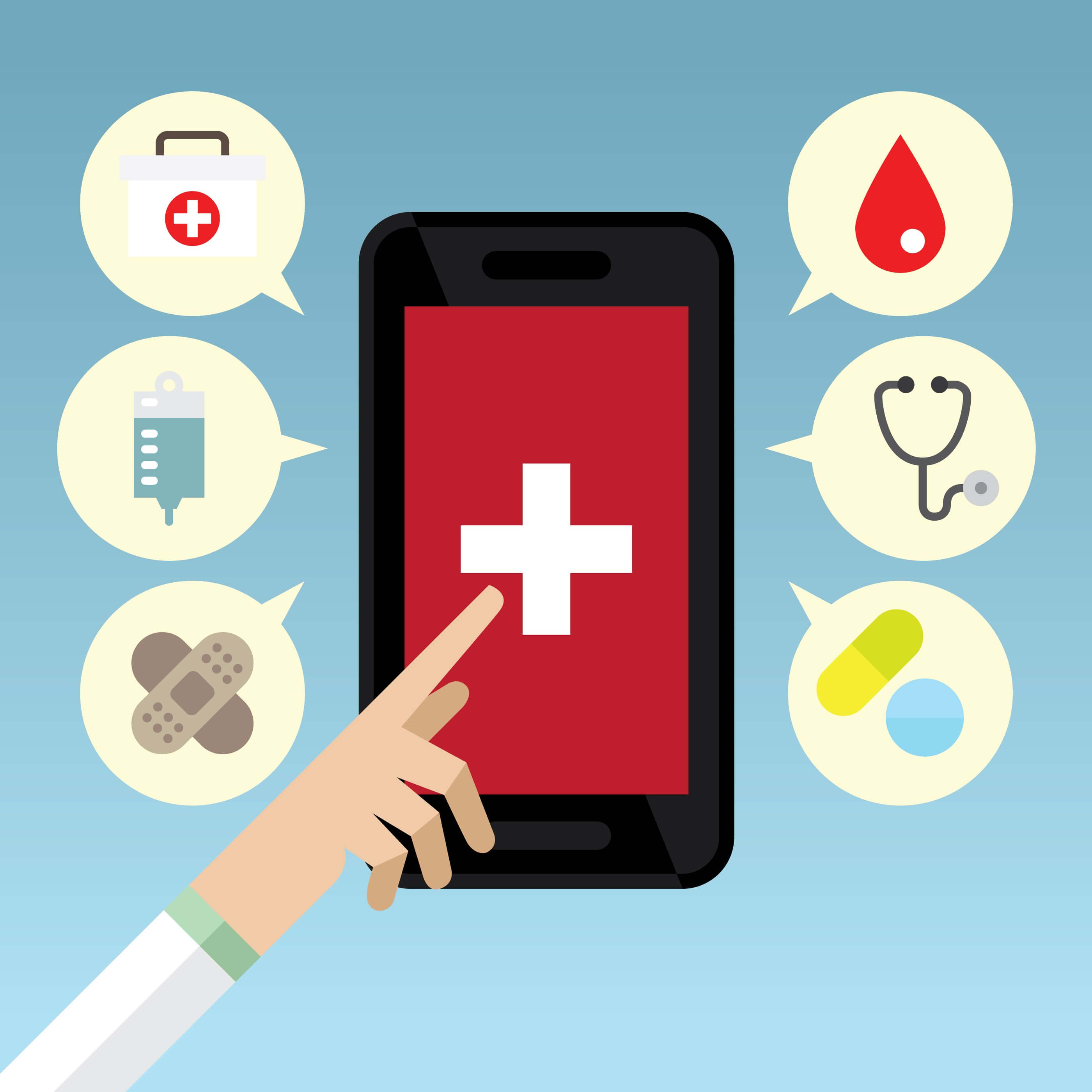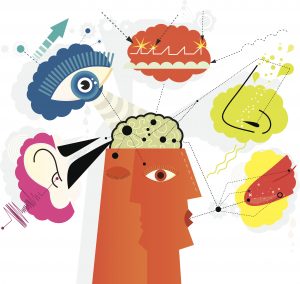GENERAL, SHARED DECISION-MAKING, TECHNOLOGY | February 28, 2019
12 Reasons Why Video Education Tools are a Crucial Element of Shared Decision Making
Reading Time: 4 minutes

Over the last decade, there has been a healthcare revolution. Driven by access to information via the internet and the adoption of digital devices, patients have transformed into consumers of healthcare, demanding more empowerment and autonomy. These changes have created an environment in which shared decision making (SDM) between patients and providers is a basic requirement in the delivery of care. Ideally, this process leads to safer care, better quality of life, and improved patient outcomes. The SDM process creates a true partnership between providers and patients, with each contributing equally to decisions about treatment or care. This can be easier said than done. Decades of research reveal that video can be highly effective patient education tools. Used correctly, patient education tools, especially high-quality videos, are effective aids in the SDM process. According to digital.gov, “using video as part of a comprehensive communication strategy can increase the engagement and effectiveness of health messages.”
Here are 12 reasons why providers and healthcare systems should incorporate video in the SDM process.
1. Meets today’s communication needs
Communication has become more digital and visual, with many people showing a preference for video content. In 2016, an estimated 213 million people in the U.S. watched digital (online) videos, with 236 million viewers predicted by 2020.
2. Addresses different learning styles

At least 65 percent of the population are considered visual learners. These are people who retain information better by seeing pictures and videos rather than reading text or hearing information.
3. Videos don’t just tell, they show
Video combines sight, sound and motion, which together, capture attention like no other medium. These features combined play a significant role in communicating effectively and offer the ability to present complex issues in a simpler way.
4. Improves information retention
The National Teacher Training Institute reports that instructional videos help students retain more information. In fact, people retain 95 percent of a message when they watch it in a video, compared to 10% when reading it in text. Based on these statistics alone, video is a great format to use to demonstrate and inform patients and caregivers.
5. Communicates time-efficiently

Healthcare providers today have the responsibility to not only provide care to their patients, but also educate, engage, and motivate them to be proactive in their care. This is a lot to accomplish in a typical encounter. Video patient decision aids can help overcome the challenges associated with the barrier of time.
6. Drives patient engagement
According to Health Affairs, patients who are engaged become more actively involved in their care, leading to better outcomes and lower costs. In many situations, particularly in the inpatient setting, it is a challenge to convey key health information in a short window of time that also happens to be a physically and emotionally stressful time. Videos can play a substantial role in engaging patients in the hospital environment or in the ambulatory setting.
7. Drives patient activation and modifies behavior

Patient activation is defined as “understanding one’s own role in the care process and having the knowledge, skills, and confidence to take on that role.” When patients watch a video to learn about their condition, treatment or self-care, they are more likely to act on what they have seen. A systematic review analyzed studies of video-assisted patient education to modify behavior. It found that videos can be highly effective patient education tools, particularly when presented in a narrative format.
8. Improves understanding of health concepts
Videos make information more digestible and easier to understand. Just watching a step-by-step video of what happens during a procedure helps patients gain a clearer understanding of what to expect. Studies have shown that not only can visual aids improve understanding of health risks, but integrating them with information technology may further increase understanding and support more informed decision making.
9. Bridges literacy barriers
Limited health literacy is a problem in the U.S. In a world of increasingly complex healthcare choices, this puts many people at a disadvantage. Research shows that patient knowledge and comprehension improves with the use of video-based education tools.
10. Helps overcome language barriers

Approximately 9 out of 100 people have limited English proficiency. Video presented in the preferred language of the patient can help them accurately understand healthcare information.
11. Enhances other forms of communication
Video, when used in conjunction with other forms of health education communication, such as discussion and written materials, ensures learning is incremental and may increase overall understanding.
12. Improves patient access to information

On-demand videos can be viewed when a patient is ready and willing to learn. This gives patients the opportunity to re-view a video to enhance understanding and to develop questions. Patients are also able to easily share information with family or other caregivers.
There really is no downside to incorporating high-quality videos into the SDM process. If your facility or healthcare system is looking for high-quality video patient decision aids, educational videos and caregiver videos to engage your patients in shared decision making and advance care planning, consider ACP Decisions. Contact us today to learn more!
You might also like...

Addressing the Needs of Dual Eligible Bene...
GENERAL | 3 MIN READ

How to Promote Health Equity with Patient ...
GENERAL | 3 MIN READ

